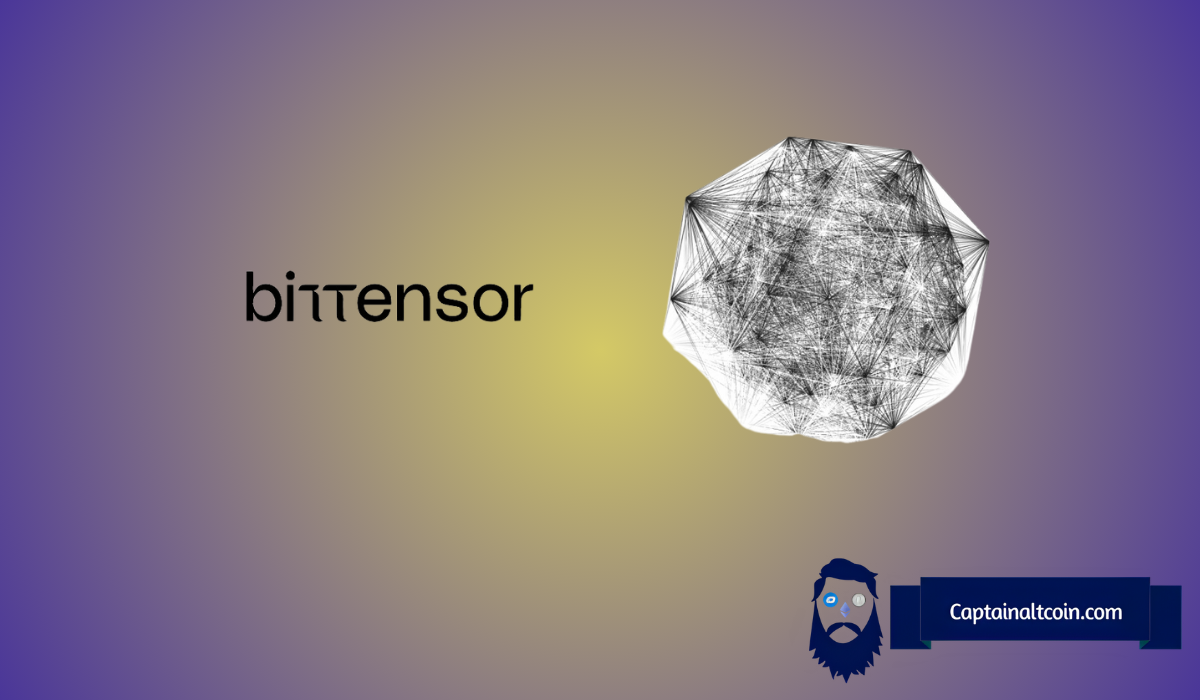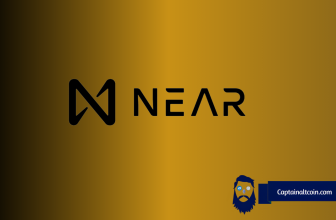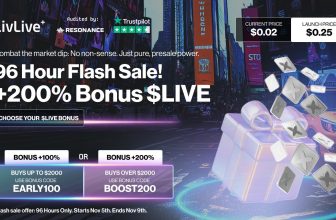
The talks around Bittensor are getting louder as its halving gets closer. Many believe it could mark a milestone that changes its entire path. For a project that sits at the crossroads of AI and blockchain, this moment feels like a test of how scarcity and innovation can collide to reshape crypto’s future.
Barbie True Blue described it best on X when she said, “Let’s put $TAO Bittensor into perspective.” Her post compared $TAO’s tokenomics to $BTC and $ZEC, reminding everyone that all three share a 21 million supply cap and halving schedules every 4 years.
$TAO has never gone through a halving yet. Its first is scheduled for early December 2025, less than 40 days away. The price now sits around $392 after peaking at $538 on November 1.
That alone makes people curious. If Bitcoin was $12 before its first halving and Zcash $55, what could happen when Bittensor experiences the same event?
What you'll learn 👉
Why the First $TAO Halving Feels Different
Halving events often test a project’s strength. Bitcoin’s first one proved that a controlled supply can spark a new form of digital gold. For Bittensor, the same principle could apply, but with an added twist. Its system rewards computing power and knowledge contribution through 128 active subnets like Ridges, Chutes, Sportstensor, and Hippius.
Every subnet competes for emissions, and those who stake $TAO can earn rewards from it. It is not just about holding a scarce token but about participating in a live digital economy built on competition.
Let's put $TAO Bittensor into perspective.$TAO follows the same tokenomics as Bitcoin $BTC and Zcash $ZEC
— Barbie True Blue (@Pop_Collapse) November 6, 2025
21 million supply cap
Halving schedules every 4 years.$BTC price before first halving: $12$ZEC price before first halving: $55$TAO has not yet gone through a halving… pic.twitter.com/rYcTaeiPXb
Barbie True Blue mentioned that those who already own $TAO can stake into these subnets to grow their holdings. This design connects scarcity with activity, meaning $TAO is both limited and productive. That dual nature makes its halving even more meaningful.
What Andy ττ Thinks About the New $TAO Economy
While most are focused on TAO halving countdown, analyst Andy ττ sees something deeper unfolding. In his post, he called $TAO “digital oxygen for decentralized minds.” It is a poetic way to describe what the network has become since its latest upgrade.
Andy explained that 74% of all $TAO is already staked, with root stakers making up almost 79%. That leaves very little real float, around 1.4 million $TAO, according to his estimate. When a token has high demand, high staking rates, and limited liquid supply, scarcity becomes more than just theory. It becomes an economic force.
He also noted that emissions are now flow-based, meaning rewards depend on real value inflows rather than passive holding. Every block has become a small competition. Each subnet now fights to stay profitable by earning more than it spends.
That is a design shift that removes weak or inactive subnets. It keeps the ecosystem alive through constant challenge, a bit like survival of the fittest on the blockchain.
How the WASM Upgrade Changes the Game
The story of Bittensor does not end with staking or emissions. Andy pointed out that the WASM smart contract upgrade has now gone live, introducing features such as lending, automated alpha token trading, and even cross-subnet applications.
It means developers can now build DeFi tools inside the Bittensor ecosystem, linking subnets in ways that were not possible before. It also changes the idea that Bittensor is “just an AI project.” It is now a full digital economy where incentives drive collaboration and computation at scale.
$TAO Just Upgraded Everything
— Andy ττ (@bittingthembits) November 6, 2025
Digital Oxygen for decentralized minds.
Here's What You Need to Know 👇
Every block = Competition
Every $TAO = Earned
Capitalism Meets Consensus.
🔹️74% of $TAO already staked
🔹️Root Stakers: 78.87%
🔹️Alpha Stakers: 21.13%
🔹️Public companies… https://t.co/QB9lexvPYa
According to Andy, the emission system now runs on a 30-day moving average, creating stability instead of rewarding temporary spikes. It encourages long-term growth rather than hype-driven jumps. He described it as “stable, predictable growth” built on competition, scarcity, and consistent participation.
Why Some See $TAO as the Next Major Store of Value
Barbie True Blue made a bold claim that $TAO could one day reach a $1 trillion market cap faster than Bitcoin did. She reminded readers that Bitcoin took 12 years to hit that mark in February 2021, at a price of $53,700. Whether or not that happens, her comparison highlights a core belief shared by many observers: scarcity still drives value.
$TAO now combines Bitcoin’s deflationary model with real utility inside a network that rewards knowledge and computation. It is not simply about mining; it is about earning through intelligence. That makes every token more meaningful than its market price suggests.
Read Also: Is NEAR Protocol (NEAR) Price Quietly Preparing for a Vertical Rally? Here’s the Setup
Andy ττ summed it up best when he said, “$TAO just became the rarest asset in the world, while people sleep.” To him, the combination of scarcity, utility, and velocity has created something that might rival Bitcoin’s appeal over time.
Subscribe to our YouTube channel for daily crypto updates, market insights, and expert analysis.








